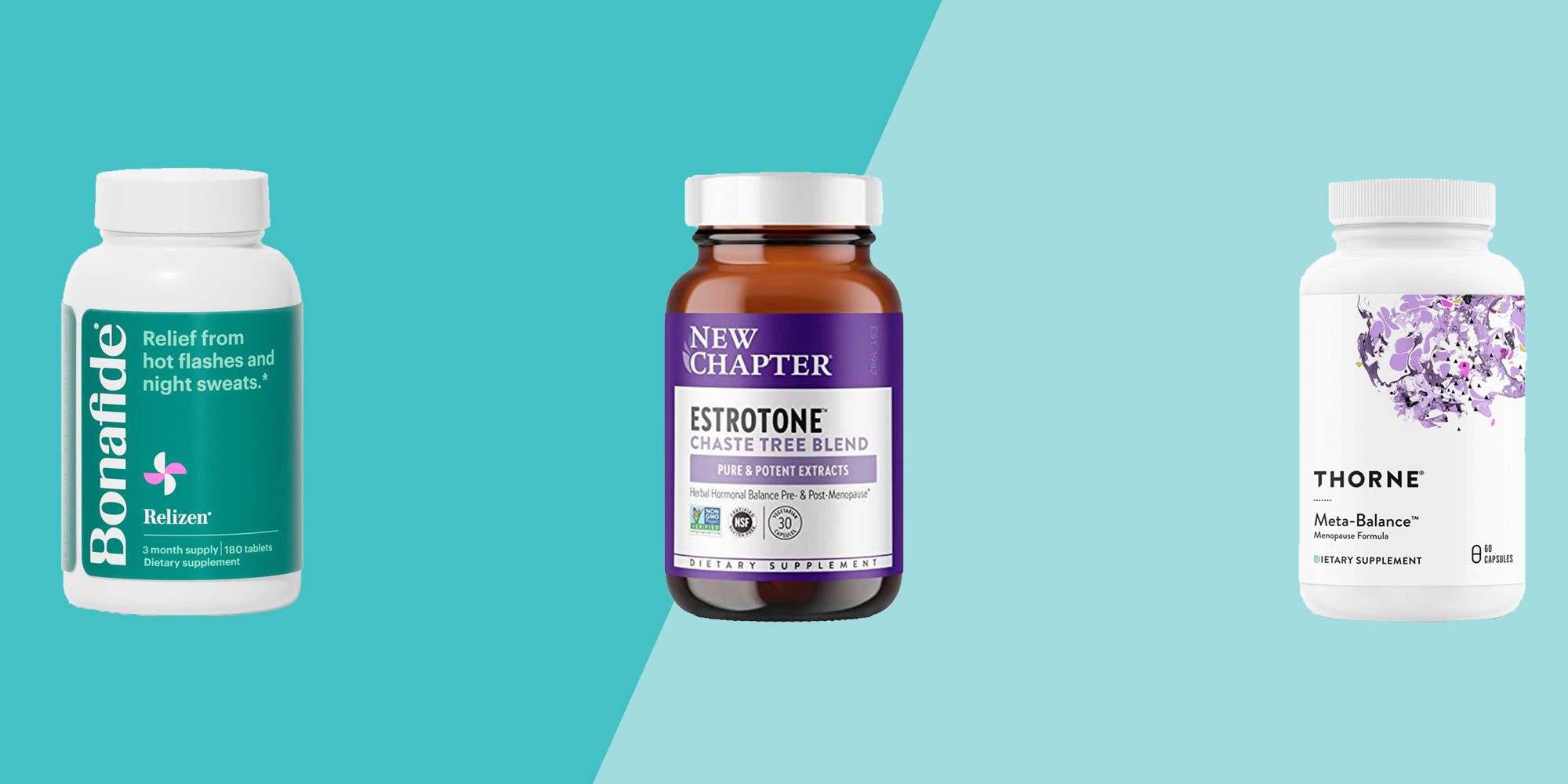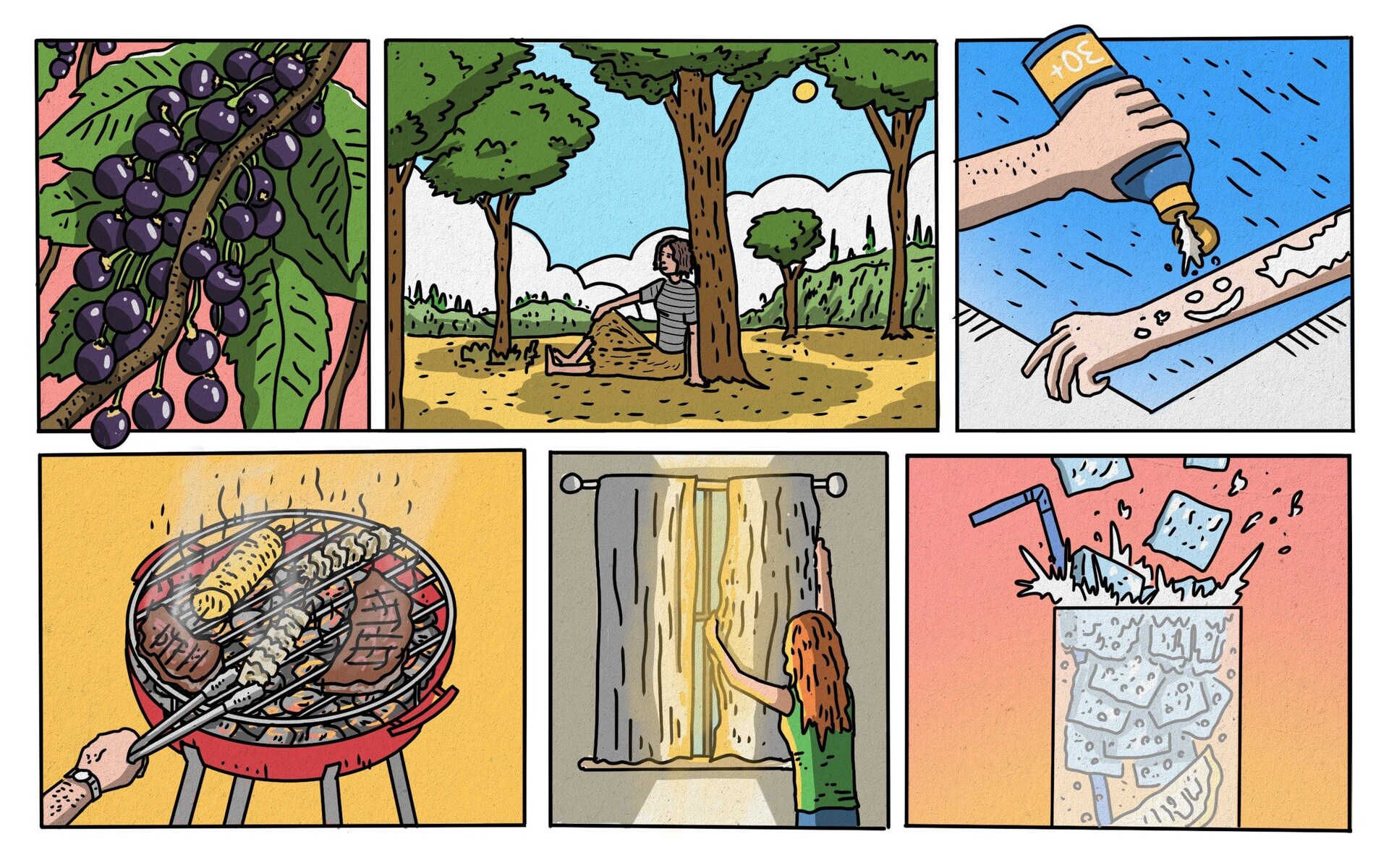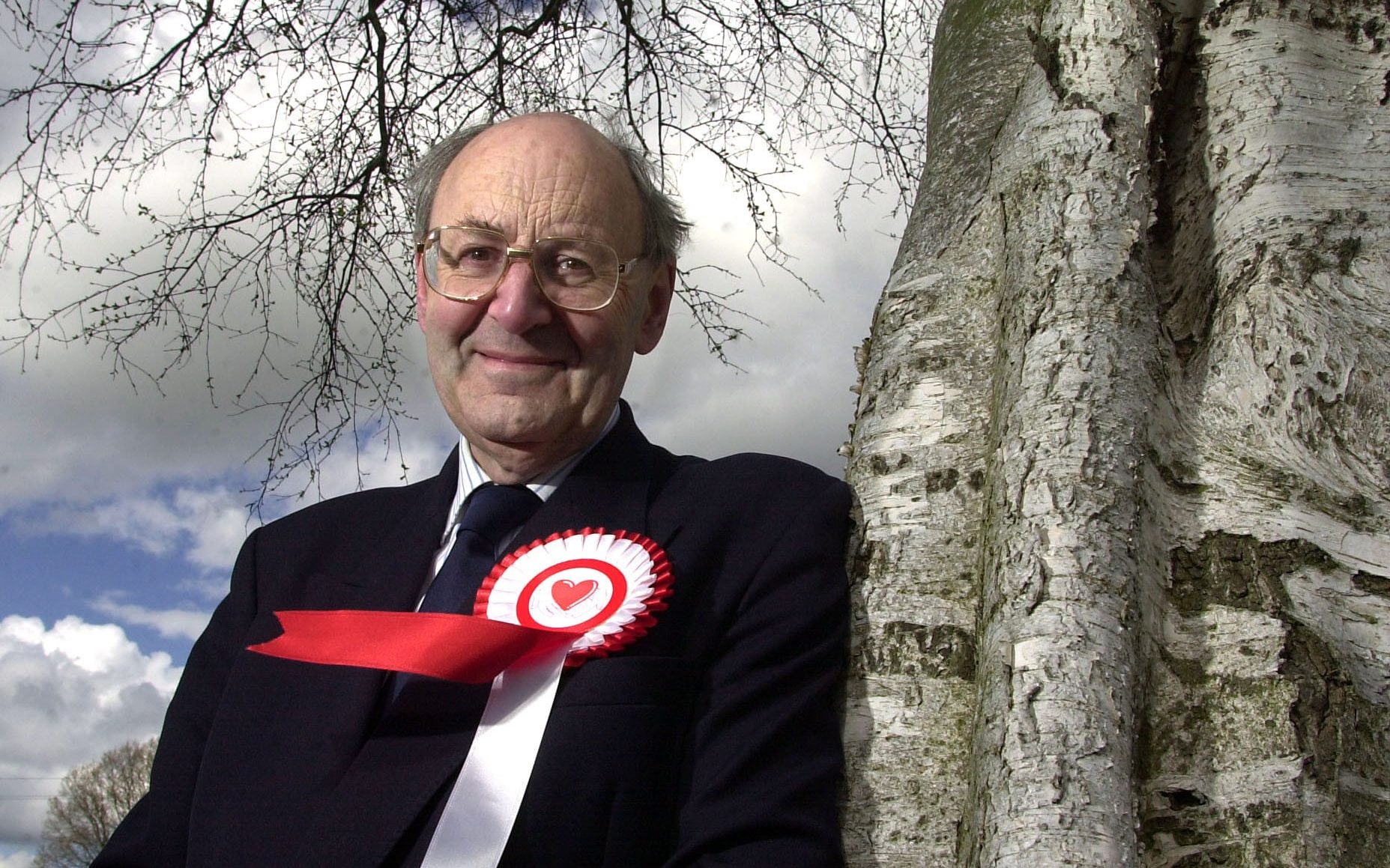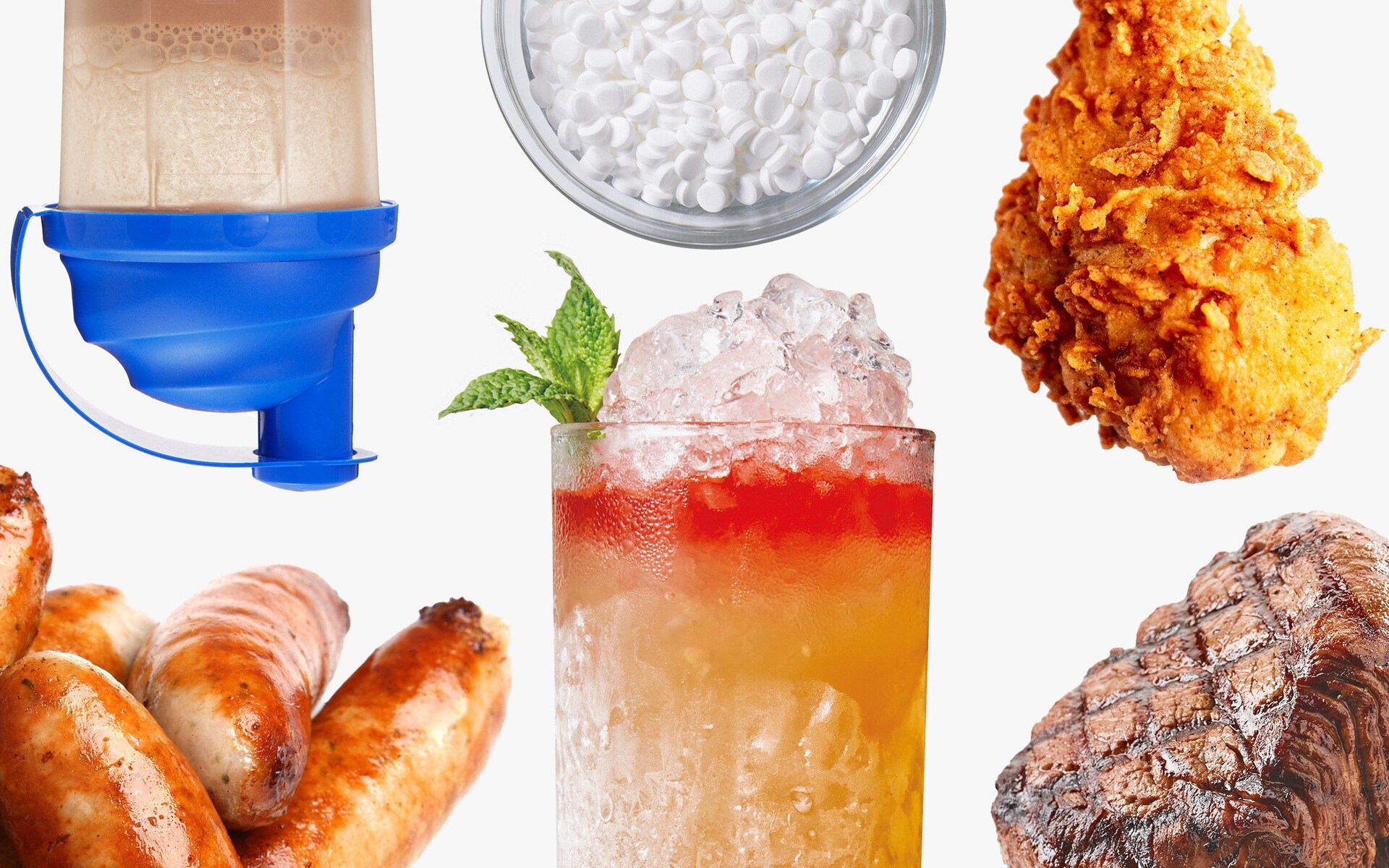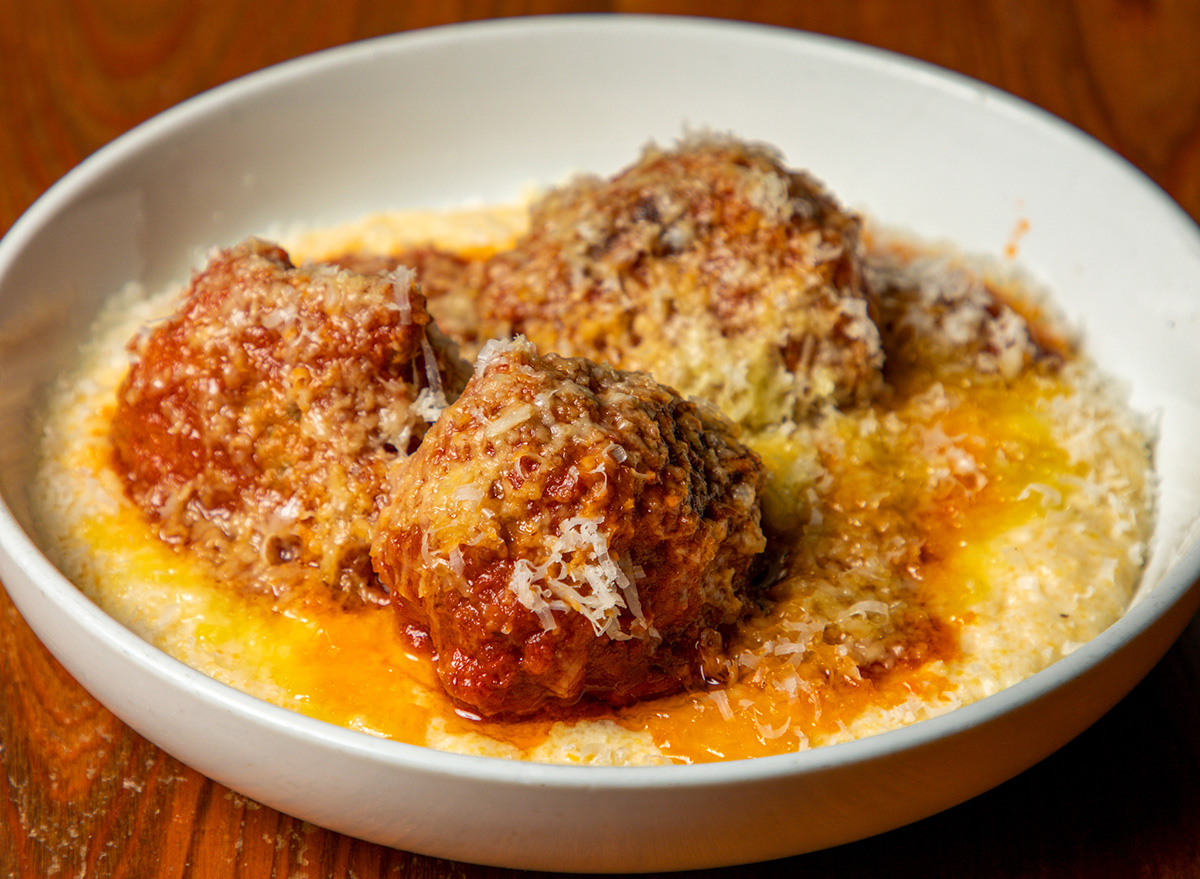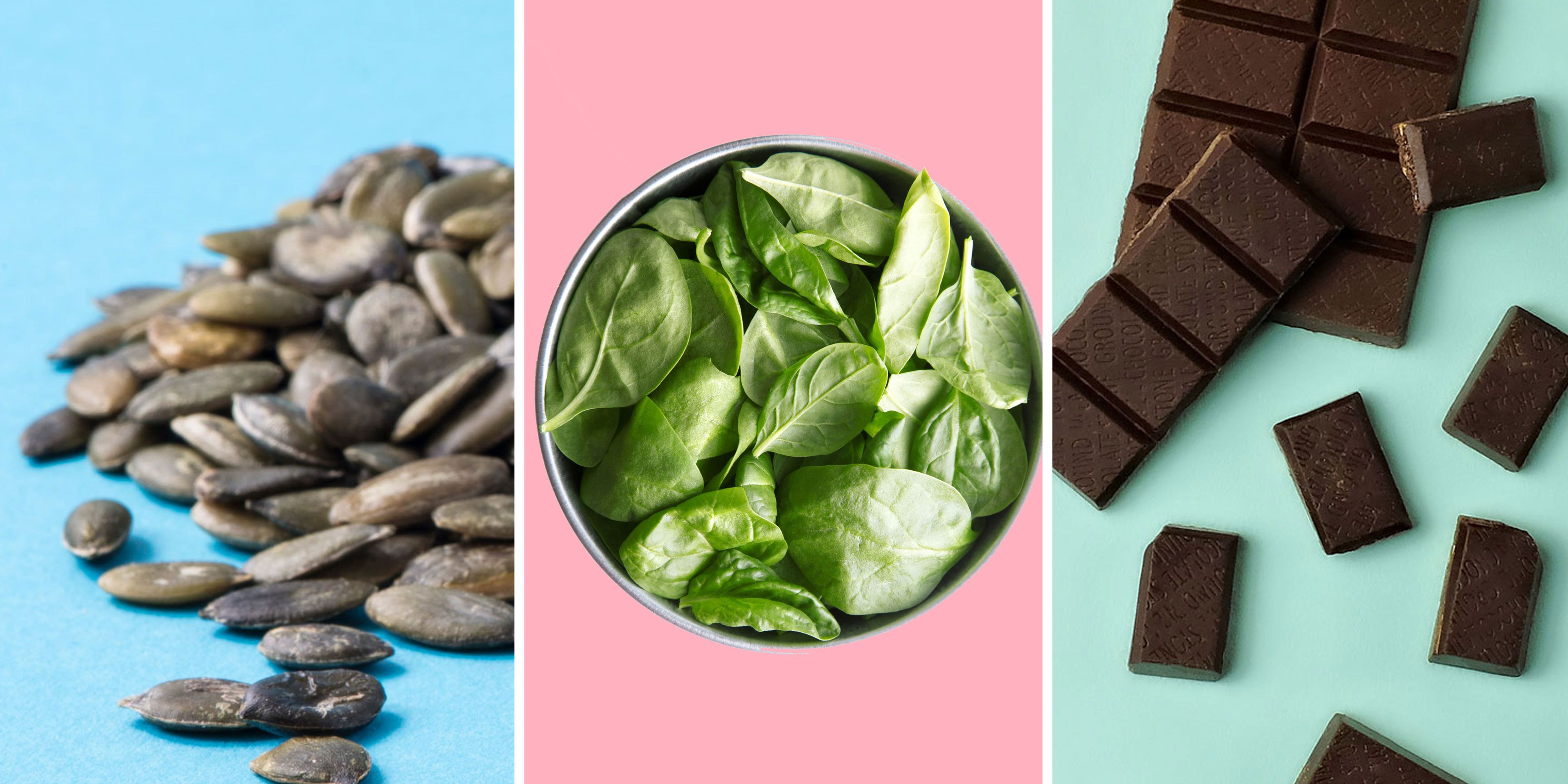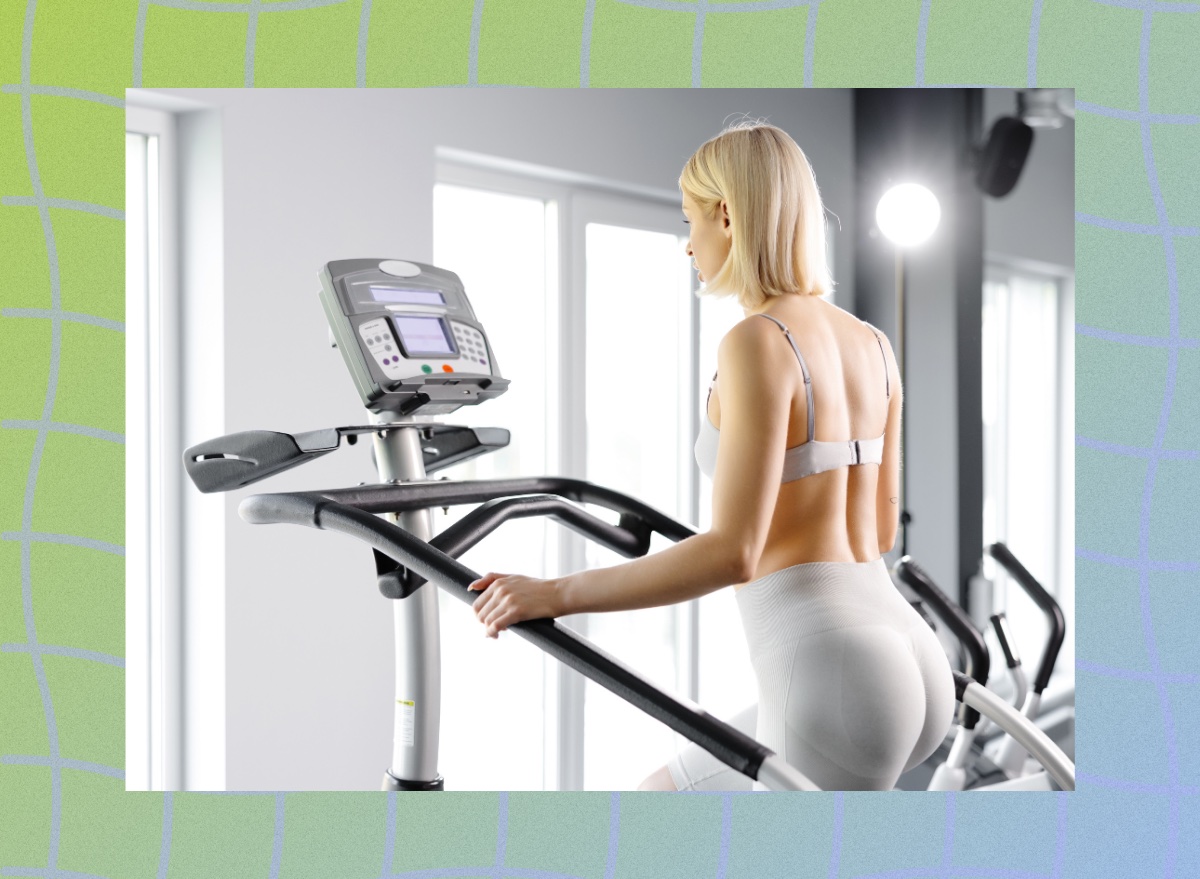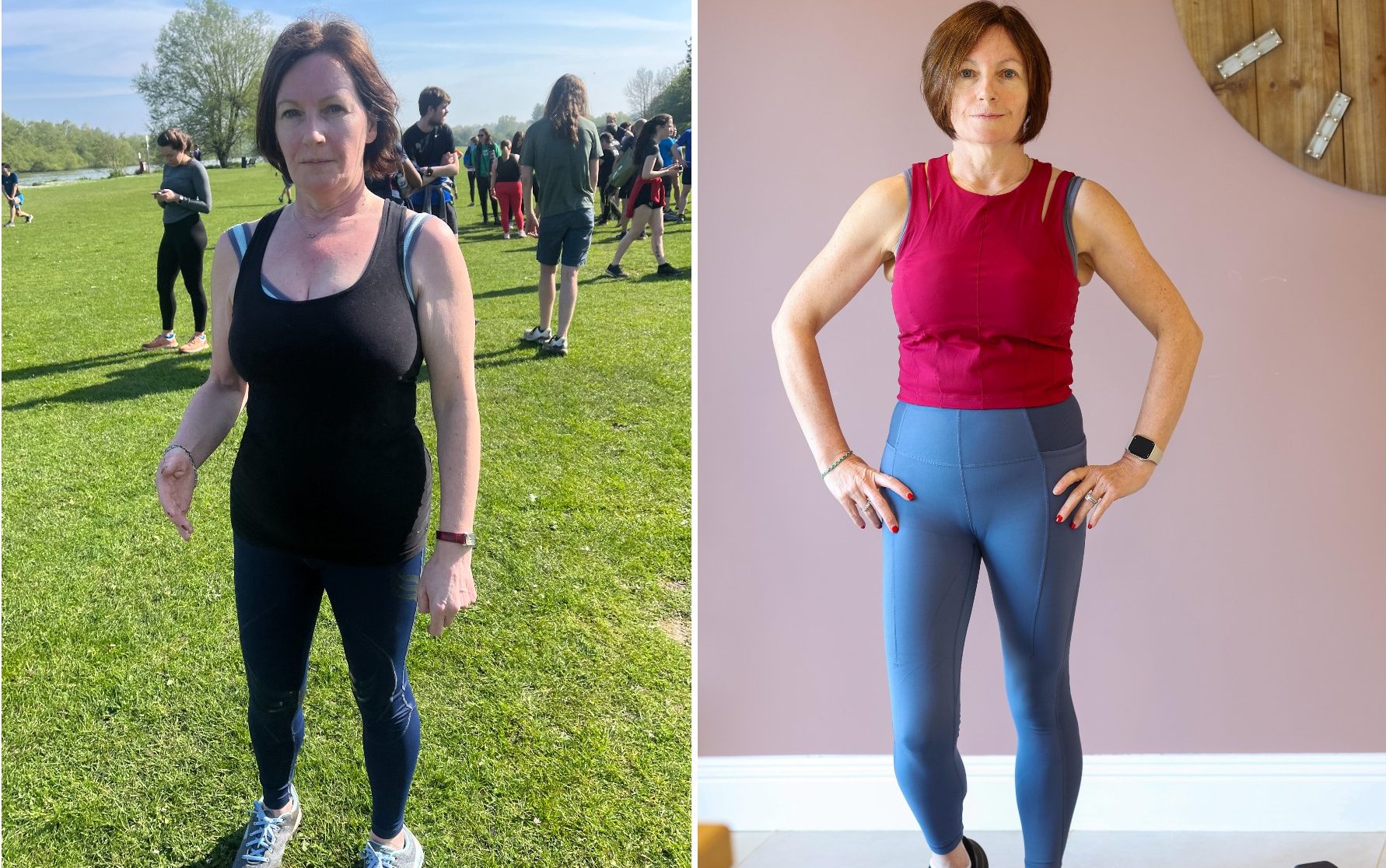
CALORIE-STARVING SLOWED DOWN MY METABOLISM – THIS IS WHAT I DID TO LOSE A STONE
This time last year I was feeling really depressed about my weight. In the previous 18 months, I’d put on a huge amount, mainly on my stomach, and because I’m short – just over 5’1” – I looked pregnant. But I was at a total loss about what to do about it; I felt like I ate relatively healthily, opting for low-calorie meals and often avoiding carbs, and hadn’t really changed anything. I put it down to pre-menopausal body changes, but I really wasn’t happy.
When my daughter announced she was engaged, I was obviously overjoyed for her, but I started to panic about what I’d look like at the wedding. Then I read a piece in The Telegraph about a female surgeon who was a similar age to me, who had lost two stone, and in a really achievable way with an online diet and fitness programme. I have a demanding job, but I thought if she could do it, so could I. I got in touch with the coach, Rachael from It’s So Simple, and started right away.
The most daunting thing I had to do to start with was strip down to my underwear and take a picture of myself, then send it to my coaches and the group of people who were starting the programme, along with my weight. I hadn’t actually stepped on the scales, so I was really shocked to see I was up to nine stone, which was nearing the overweight BMI (body mass index) category, and I knew that since the weight had gone on my waist it had long-term health implications and could increase my risk of heart disease.
Recommended
Are you a healthy size? Use our tool to find your BMI
Increasing my calorie intake
The first ten days were a bit of a baptism of fire. There was so much to learn and do and I started to realise that I’d been approaching nutrition all wrong. For a start, I was undereating. My body actually needed more calories than I’d been feeding it. I had been trying to eat less than 1,000 calories a day for a few years, and so my metabolism had slowed down. Rachael told me to eat 1,300 calories to start with, though I’m now on 1,600.
I learnt that carbs weren’t the enemy and that I should be eating slow-releasing carbs like sweet potatoes and brown rice and lentils, as these give you energy without spiking your blood sugar. But most importantly I needed to dramatically increase the protein in my diet. I’d never thought about the protein I ate before – it was quite a shock to learn that I should be eating 110g of protein per day (around a gram for every pound I weighed).
I ditched the calorie-controlled ready meals and started home cooking – making the recipes up in batches. My husband was hugely supportive and found me protein powders and shakes that I could have when I was out and about.
The thrill of getting stronger
I remember telling Rachael on the phone in my initial consultation that I didn’t really have time for exercise. But as I got into the programme, I realised that you just have to make the time, and you really do feel better for having done it. I’d never done resistance training before – just walking and yoga – and at first it was really hard and my body ached the next day. But slowly, I started to get used to it, and gradually increased the weights. It was a real thrill to feel myself getting stronger. Exercising first thing in the morning gives me such a mental health boost. I have a demanding job in finance and I feel like it almost gives me a force field to help me cope with the day.
It was such a different way of losing weight compared to what I’d done seven years earlier for my own wedding. I was so conscious of being an older bride (at 47) that I put myself on a very strict calorie-controlled diet of less than 1,000 calories a day, and almost entirely avoided carbs. I lost a lot of weight, but I didn’t do any exercise, and I was left looking very thin with baggy skin. Plus, it made me really miserable. I couldn’t do that again. This way of eating felt so much more sustainable and healthy.
Progress photos in your pants really help you stay motivated
Of course, there were moments when I thought: “I can’t be bothered with this”, but one big motivating factor was that weekly photo in my underwear. I soon saw why it was so important. There were some weeks the number on the scales would go up. Maybe I had a bit of water retention, or my strength training meant I was gaining muscle, but seeing my body change week by week in those progress photos was so motivating.
After 14 weeks, I’d lost a stone and was down to 7st 8lbs, and my tummy had shrunk back down. In addition, my biometric scales were also showing me how much fat I was losing and muscle I was gaining. My skeletal muscle mass has always been low – I’ve been warned about it before by my GP, and I knew that I was in danger of getting osteoporosis. Now my muscle mass is above average, and it makes me so happy to think that I’m future-proofing my body. I don’t want to be that little old lady that falls over and snaps. Pleasingly, the machine at the gym which measures metabolic age (body composition), tells me I’m down to 38 years old.
I’ve just bought the dress I’m going to wear to my daughter’s wedding this summer, and I feel amazing in it. It’s very unforgiving, and I wouldn’t have had the confidence to wear it before, but now I can’t wait to wear it and to thoroughly enjoy her beautiful day.
Exercise
Before, I walked and did a bit of yoga or Pilates, but not regularly. Now I have five resistance sessions per week, either with a personal trainer or using an app called Sweat; I do things like kettlebell swings, squats with weights, and weighted lunges. I do the odd Park Run, which I hadn’t done for 15 years, and have started doing a few 5k runs on the treadmill before a session. I also do lots of walking, which really helps clear my head.
Oona’s top tips
- Don’t fall into a guilt spiral: If you indulge in a treat, don’t waste time feeling guilty about it – as I used to – and then write the rest of the day off with mad eating. Just think, I ate or drank that, I enjoyed it, now it’s time to start again.
- A little bit of planning really helps you stay on track. That could be quickly jotting down what you’re planning to eat that day, to help you stick to it, taking a snack in your bag, or batch cooking some meals in advance.
- Visualise where you want to be, be that an event in the future like a holiday or feeling strong in your later years. It helps you stay on track when your motivation is waning.
As told to Jessica Salter
Recommended
'I was fat, old and widowed – then I found love and lost a stone'
2024-06-27T17:00:53Z dg43tfdfdgfd
